One of Lockheed Martin’s top directed energy minds explains how breakthroughs in communications and industrial tech made laser weapons possible.
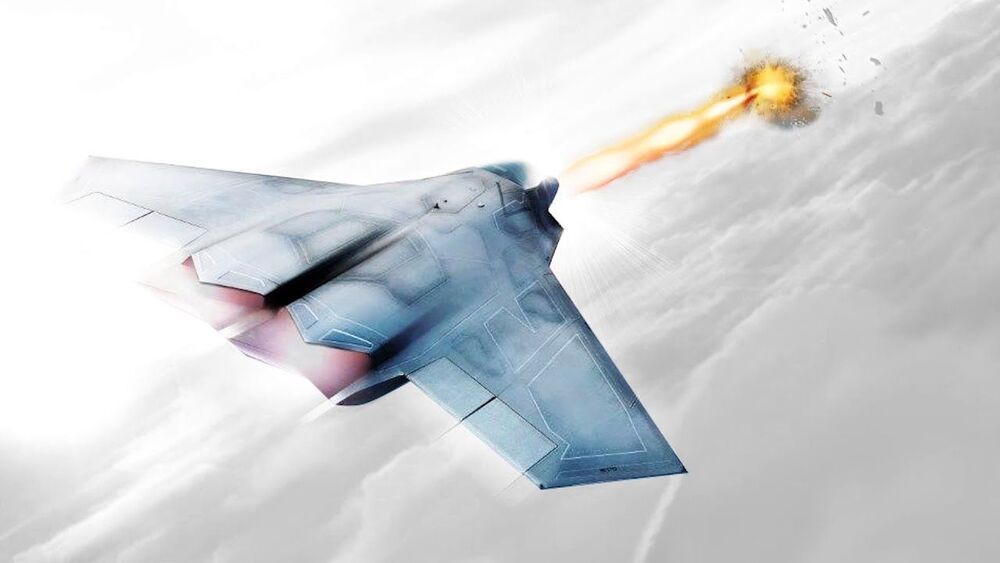

One of Lockheed Martin’s top directed energy minds explains how breakthroughs in communications and industrial tech made laser weapons possible.

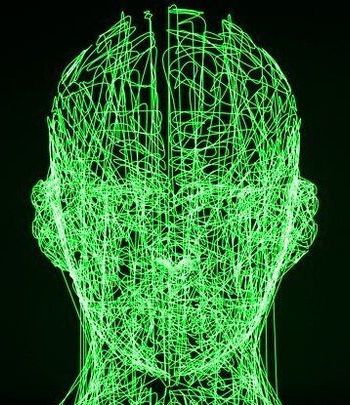
Artificial intelligence is being developed that can analyze whether it’s own decision or prediction is reliable.
…An AI that is aware/determine or analyze it’s own weaknesses. Basically, it should help doctors or passengers of the AI know quickly the risk involved.
How might The Terminator have played out if Skynet had decided it probably wasn’t responsible enough to hold the keys to the entire US nuclear arsenal? As it turns out, scientists may just have saved us from such a future AI-led apocalypse, by creating neural networks that know when they’re untrustworthy.
These deep learning neural networks are designed to mimic the human brain by weighing up a multitude of factors in balance with each other, spotting patterns in masses of data that humans don’t have the capacity to analyse.
While Skynet might still be some way off, AI is already making decisions in fields that affect human lives like autonomous driving and medical diagnosis, and that means it’s vital that they’re as accurate as possible. To help towards this goal, this newly created neural network system can generate its confidence level as well as its predictions.
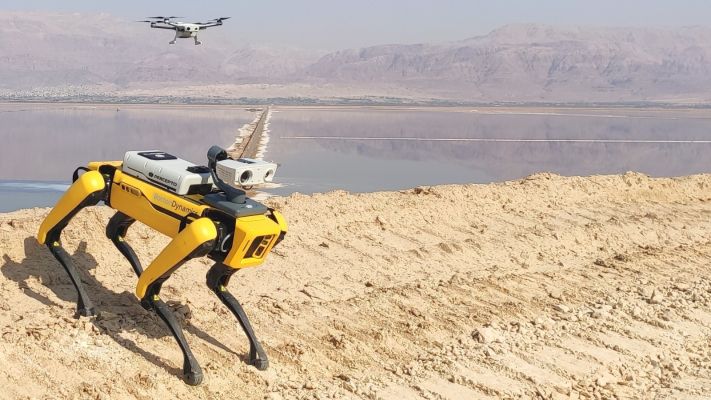
Consumer drones have over the years struggled with an image of being no more than expensive and delicate toys. But applications in industrial, military and enterprise scenarios have shown that there is indeed a market for unmanned aerial vehicles, and today, a startup that makes drones for some of those latter purposes is announcing a large round of funding and a partnership that provides a picture of how the drone industry will look in years to come.
Percepto, which makes drones — both the hardware and software — to monitor and analyze industrial sites and other physical work areas largely unattended by people, has raised $45 million in a Series B round of funding.
Alongside this, it is now working with Boston Dynamics and has integrated its Spot robots with Percepto’s Sparrow drones, with the aim being better infrastructure assessments, and potentially more as Spot’s agility improves.
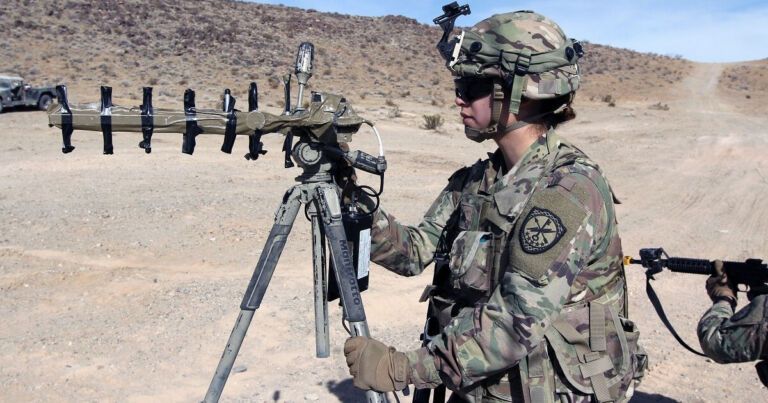
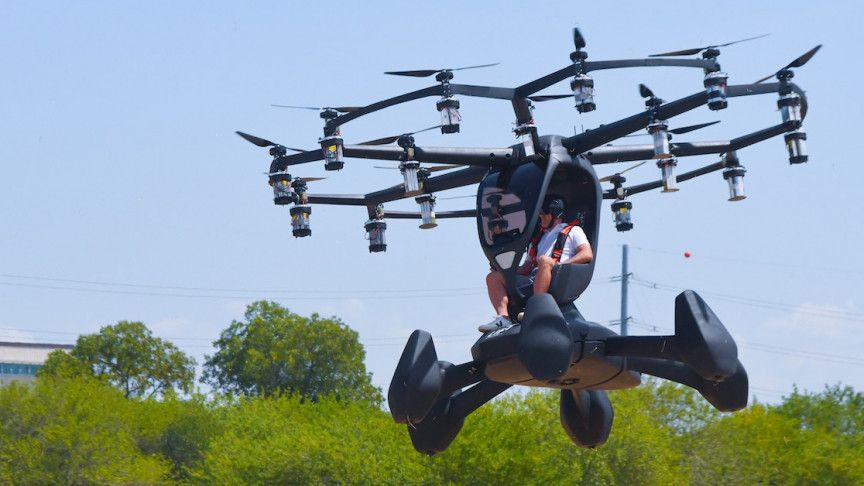
Look at the US Airforce’s new flying car!
The U.S. Air Force has shared images of its newest addition, a flying car, and it doesn’t quite fit the image that’s expected to scare off enemy lines. See for yourself.
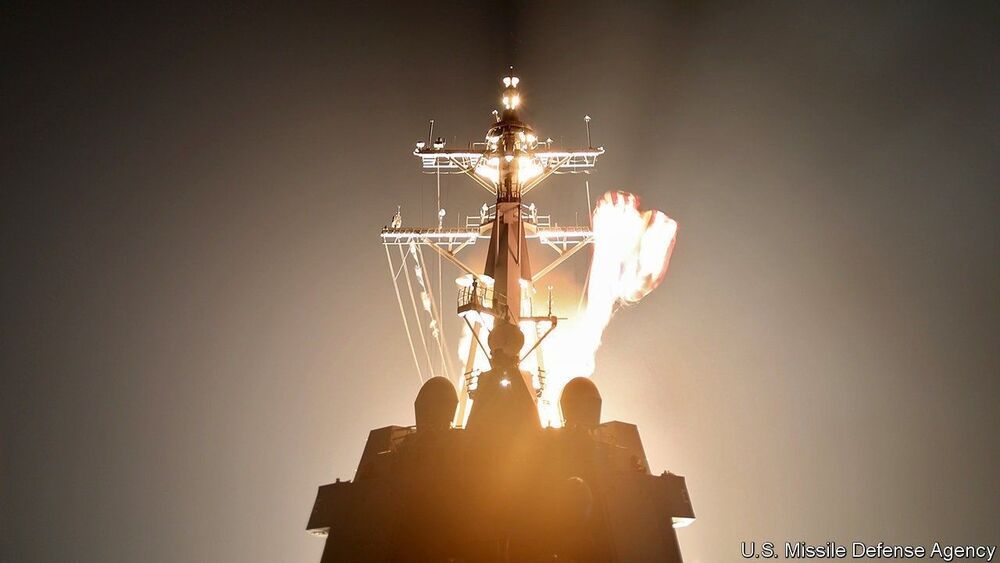
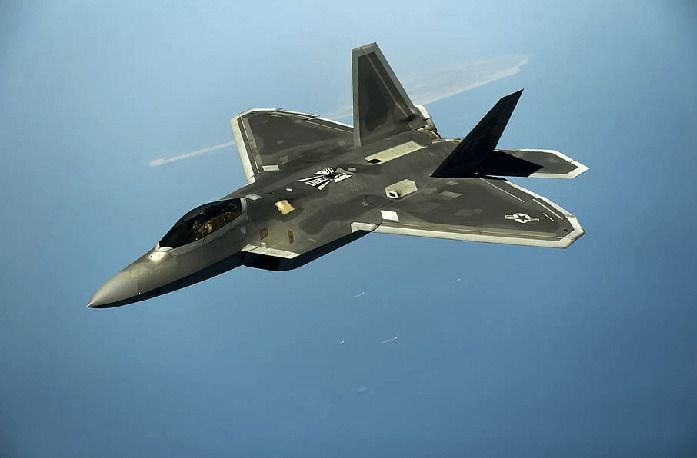
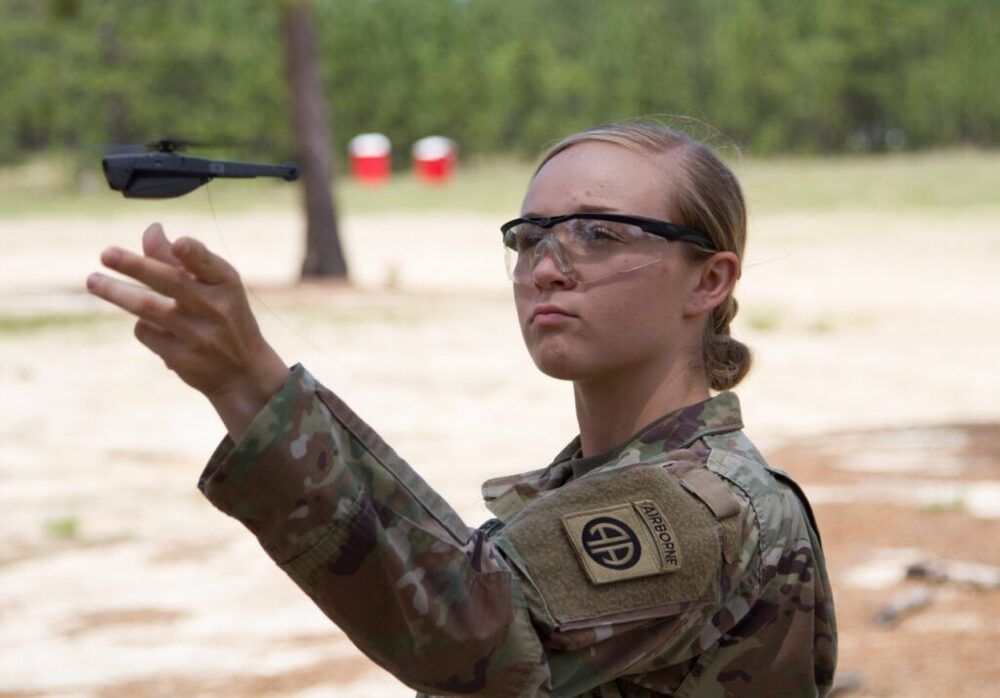
Its taking a bit more time for soldiers to adjust to their new drones.
Let Your Robots Off The Leash – Or Lose: AI Experts.
In DARPA-Army experiments, soldiers tried to micromanage their drones and ground robots, slowing their reaction times and restricting their tactics. Can AIs earn troops’ trust?

Some of the greatest medical discoveries of the 20th century came from physicists who switched careers and became biologists. Francis Crick, who won the 1962 Nobel Prize in Physiology and helped identify the structure of DNA, started his career as a physicist, as did Leo Szilard who conceived the nuclear chain reaction in 1933, writing the letter for Albert Einstein’s signature that resulted in the Manhattan Project that built the atomic bomb, but spent the last decades of his life doing pioneering work in biology, including the first cloning of a human cell.
Today, a group of world-renowned researchers at the Perimeter Institute for Theoretical Physics with expertise from cosmology to quantum gravity are using physics to help fight the COVID-19 pandemic.